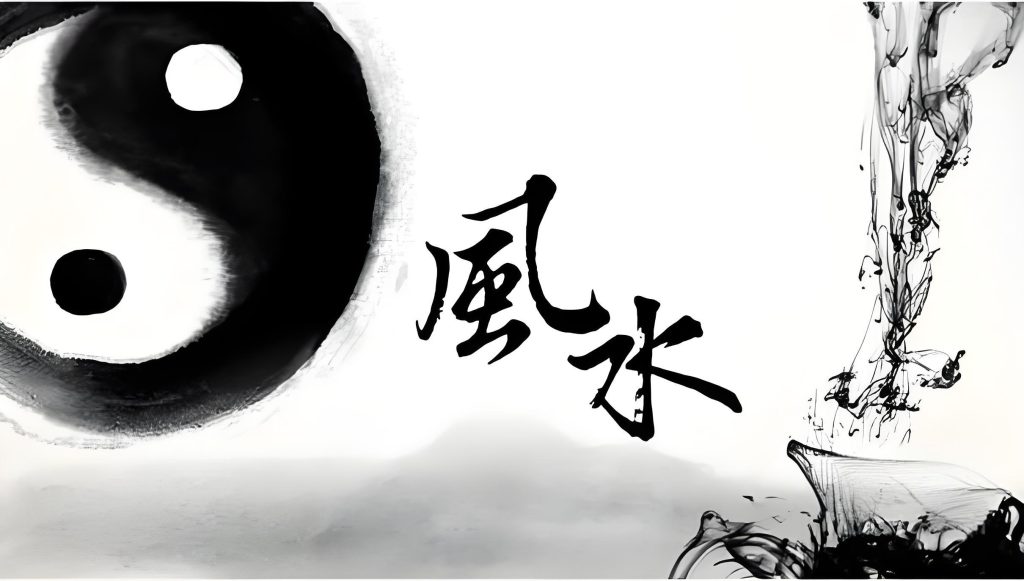Feng Shui: The Ancient Art of Harmonizing Humanity with Nature

Introduction
Feng Shui, also known as “Kan Yu,” is an ancient Chinese environmental science and spatial arrangement art that has endured through the ages. Its core philosophy explores the harmonious relationship between humans and their natural surroundings. Feng Shui posits that the layout, orientation, airflow (“wind”), and water flow (“water”) of an environment influence a person’s fortune, health, and overall well-being.
Concept and Origins
The term “Feng Shui” first appeared in The Book of Burial (Zang Shu) by Guo Pu of the Jin Dynasty: “Qi disperses with the wind and gathers where water meets. The ancients sought to contain it from scattering and guide its flow—hence the name Feng Shui.” Here, “Qi” refers to the natural energy of the universe. Feng Shui teaches that properly directing the flow of Qi can bring balance and auspiciousness.
Rooted in Taoist Yin-Yang theory, the Five Elements (Metal, Wood, Water, Fire, Earth), and astronomical-geographical knowledge, Feng Shui emphasizes the principle of “harmony between heaven and humanity.” Traditionally applied to architectural site selection, home arrangement, and tomb placement, its goal is to optimize the synergy between people and their environment.
Feng Shui in the Modern World
Despite the dominance of steel-and-concrete urban landscapes, Feng Shui has not faded into obscurity. Instead, it thrives in contemporary life—from the distinctive designs of Hong Kong’s skyscrapers to the strategic placement of houseplants, from corporate office layouts to popular Feng Shui mobile apps. Why has this 3,000-year-old practice persisted across East Asia and beyond?
The Essence of Feng Shui: A Survival Art
Feng Shui is fundamentally a survival technique promoting coexistence with nature. Ancient Chinese agrarian societies developed systematic knowledge for identifying favorable living conditions. The Book of Burial established its core principle: managing the flow and accumulation of Qi. Observing that certain landforms—such as those shielded from wind and facing water—supported prosperous settlements, early practitioners formalized site-selection methods. Guo Pu’s maxim, “Water is foremost; wind protection secondary,” became a guiding rule, reflecting humanity’s pragmatic understanding of habitable environments.
Theoretical Maturity in the Tang and Song Dynasties
By the Tang and Song eras, Feng Shui had matured into two major schools:
The Form School (Xing Shi Pai) – Master Yang Yunsong’s Canon of Dragging the Dragon detailed how mountain contours and water patterns determined auspiciousness, personifying terrain as “dragon veins,” “caves,” and other elements.
The Compass School (Li Qi Pai) – Wang Ji of the Northern Song Dynasty integrated abstract concepts like Yin-Yang, the Five Elements, and the Eight Trigrams, developing complex directional calculations using the Luopan compass.
During this period, Feng Shui evolved beyond geography into an interdisciplinary system encompassing astronomy, philosophy, and metaphysics. Notably, Song-era texts like New Book of Geographydistinguished between Yang Zhai (dwellings for the living) and Yin Zhai (ancestral tombs), marking a shift toward daily-life applications.
Regional Adaptability and Cultural Resonance
Feng Shui demonstrates remarkable adaptability:
Loess Plateau: Cave dwellings follow “back to the mountain, face the gully.”
Jiangnan Water Towns: Emphasize “meandering water embracing the land.”
Lingnan Architecture: Verandas and screen walls suit humid climates while retaining Qi.
Comparative anthropology reveals parallels between Han Feng Shui and Tibetan/Mongolian settlement customs, suggesting universal intuitions about ideal habitats. Modern architect I.M. Pei’s Fragrant Hills Hotel exemplifies this—blending Feng Shui principles with contemporary design to create spaces that harmonize tradition and modernity.
Scientific Perspectives and Debates
Feng Shui remains controversial:
Supporters cite studies like Tongji University’s finding that traditional Feng Shui homes are 23% more energy-efficient, or Hong Kong University’s research linking Feng Shui-compliant offices to lower employee stress.
Skeptics attribute its effects to placebo, criticizing its theoretical vagueness.
Yet, stripped of mysticism, many Feng Shui tenets align with modern science:
“South-facing orientation” maximizes sunlight.
“Avoiding power lines” mirrors EMF radiation concerns.
U.S. architect Andrews’ research confirms that Feng Shui-based villages outperform random layouts in sunlight, ventilation, and flood resistance—hinting at untapped ecological wisdom.
Modern Transformations and Global Influence
Today, Feng Shui is diversifying:
Governments: Singapore incorporates it into public housing guidelines.
Corporations: Samsung employs Feng Shui masters for global HQ planning.
Technology: Japanese “Feng Shui divination” apps surpass 10 million downloads.
However, commercialization risks reducing Feng Shui to mere fortune-telling. A promising counter-trend is eco-Feng Shui, which discards superstition to focus on microclimate optimization. Scholars like Taiwan’s Chen Yi-Kui pioneer “scientific Feng Shui,” bridging tradition and environmental psychology.
Conclusion: A Holistic Philosophy for the Anthropocene
Feng Shui represents a holistic worldview. Philosopher Martin Heidegger admired Chinese architecture’s ability to “gather earth, sky, mortals, and divinities”—a testament to Feng Shui’s highest ideal. Amid today’s ecological crises, its emphasis on natural harmony offers profound insights.
Beyond rigid rules, Feng Shui’s true modern value lies in its reminder: humans are part of nature’s order, and thriving environments emerge from understanding and respecting that order. As we demystify its narratives, we uncover a timeless truth—survival and prosperity begin with aligning ourselves to the rhythms of the Earth.
